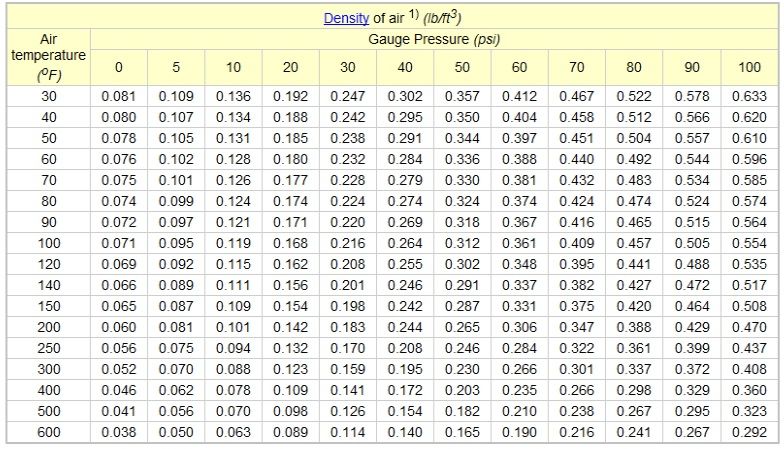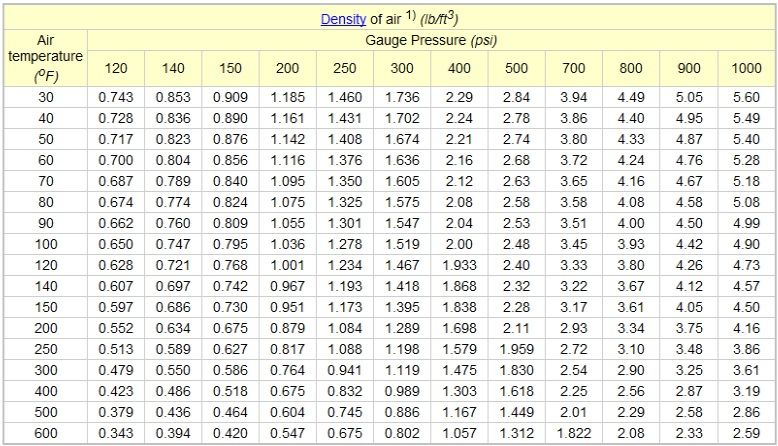CurtisEmery
New member
So it needs to be rated for a bit more flow like this one?
Water to Air Intercoolers
RonA
By the way, my hat is off to you for being able to run it as a single. I had to take a half day off after holding it in place and getting the bolts started.[/QUOTE
You may get away with the 2000hp unit if you keep the boost down. At 65psi we are seeing a large drop in pressure. I think in the end the 3000hp you listed will suit your needs better. I just had a custom a/w made with Garrett cores, I am still shaking my head at the differance in power over the 2000hp frozen boost unit with just a little gt4718r lol. Keep in mind it was almost 5 times the price though:nail: So it would depend on how serious you are about making every last hp. I will post a vid of Randys truck as soon as I have video! She sounds nasty at 5000rpm and 65psi:bow:
Last edited:


